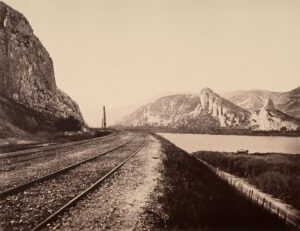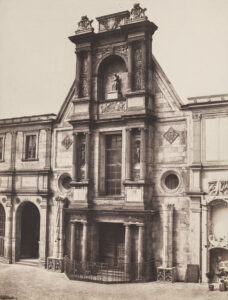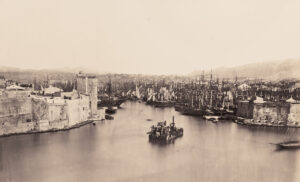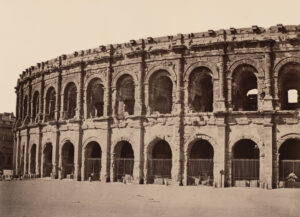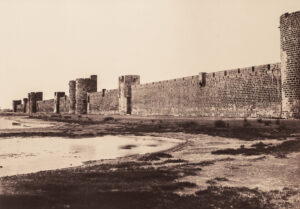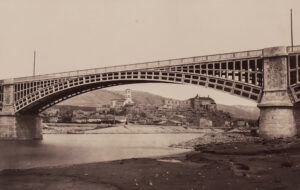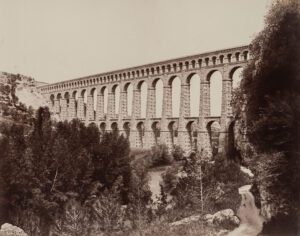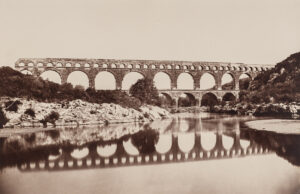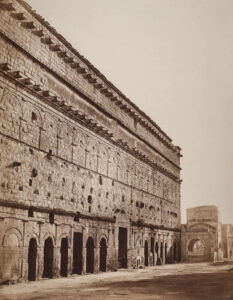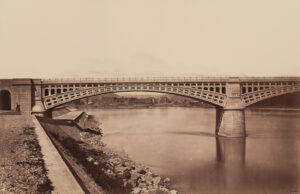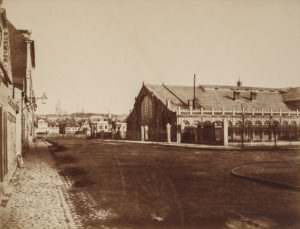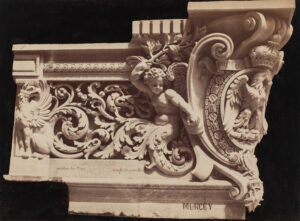Édouard Baldus
French, 1813—1889
About
Édouard Baldus
French, 1813—1889
Édouard Baldus arrived in Paris in 1838 to study painting, later earning international critical acclaim and government commissions as one of the pioneers of early photography, and created a body of work that is now considered one of the early masterpieces of the medium. Baldus first experimented with photography in the late 1840s, and by 1851, had won wide recognition for his ability to combine aesthetic sensibility with remarkable technical prowess in the still experimental medium. In 1851, he was one of five artists selected to carry out the Missions Héliographiques, to create photographic surveys of the nation’s architectural heritage. The success of these images, remarkable for their clarity, beauty, and sheer size—some were printed from multiple negatives and reached up to three feet in length—quickly earned Baldus other commissions photographing architectural landscapes in the capital and provinces, monuments, railways, the new Louvre under constructions, and areas of natural disaster. Édouard Baldus established models for photographic genres that had barely existed before him. His masterfully structured albums of beautifully composed and richly printed photographs blended documentation and artistry, underscoring the notion of progress that was an ideal of his age, and producing the archive as an art form.
